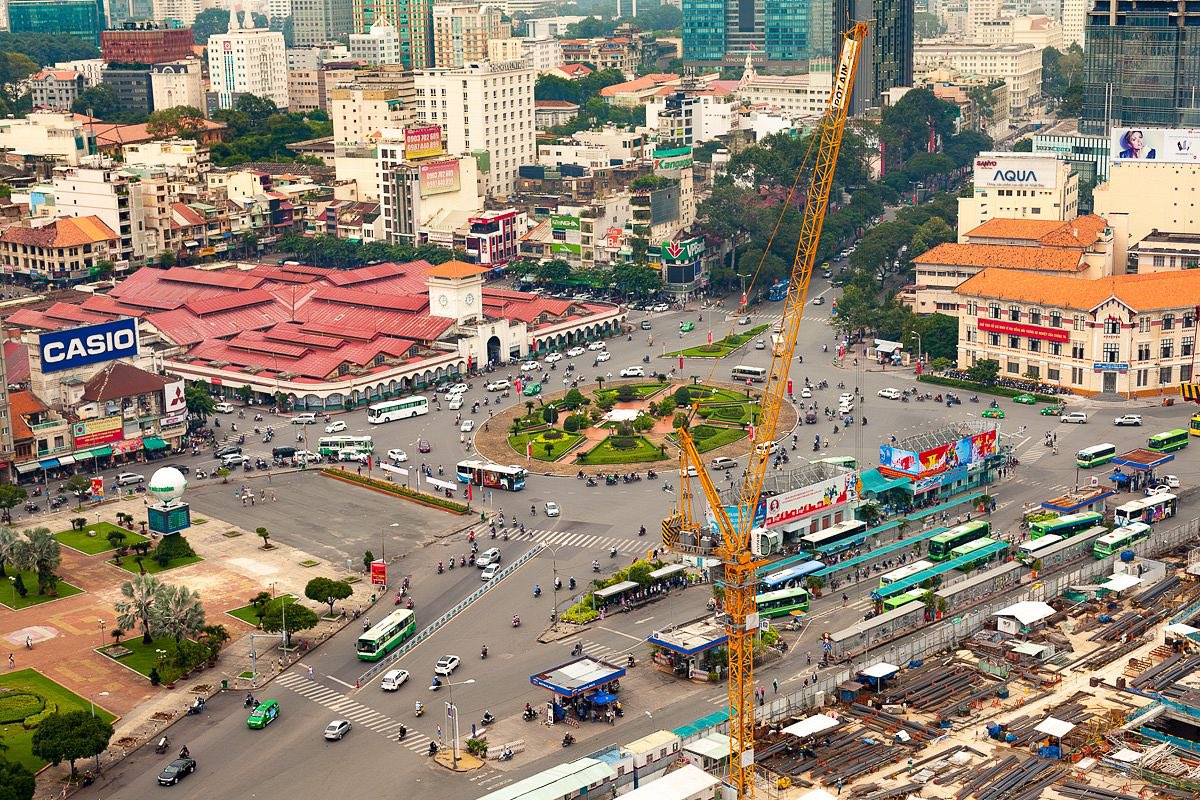
Write on business with @workweekinc. Building a privacy-first AI research app (https://t.co/fZ5ObIy3Ra) and LLM API management platform (https://t.co/VTMMh1UFSj)
153 subscribers
How to get URL link on X (Twitter) App







 Haven’t lived in Saigon for 10+ years but ate a banh mi every other day when I did.
Haven’t lived in Saigon for 10+ years but ate a banh mi every other day when I did.
 The research team is happy to announce that we’ve played our part contributing to Anguilla’s windfall.
The research team is happy to announce that we’ve played our part contributing to Anguilla’s windfall.



 Totally forgot Lou Pai got the stripper pregnant.
Totally forgot Lou Pai got the stripper pregnant. 
 Sorry, called “Deckster”. That excerpt was from this BI piece that also looked at McKinsey and Deloitte AI uses: businessinsider.com/consulting-ai-…
Sorry, called “Deckster”. That excerpt was from this BI piece that also looked at McKinsey and Deloitte AI uses: businessinsider.com/consulting-ai-…


 2/ Lynch on ideas
2/ Lynch on ideas https://twitter.com/patrick_oshag/status/1880073459864351151

https://twitter.com/dexerto/status/1836510230378602946
 If you are the person that did the un-aligned letters for the previous eBay logo, please contact the research app team. We are huge fans of how un-aligned the “e” is with the “y”.Bearly.AI
If you are the person that did the un-aligned letters for the previous eBay logo, please contact the research app team. We are huge fans of how un-aligned the “e” is with the “y”.Bearly.AI

 Anyway, here is something I wrote about Costco’s $9B+ clothing business my affinity for Kirkland-branded socks and Puma gym shirts. readtrung.com/p/costcos-9b-c…
Anyway, here is something I wrote about Costco’s $9B+ clothing business my affinity for Kirkland-branded socks and Puma gym shirts. readtrung.com/p/costcos-9b-c…

 Here’s the rest of the post (perfectly formatted to show up in the feed as a shitpost): linkedin.com/feed/update/ur…
Here’s the rest of the post (perfectly formatted to show up in the feed as a shitpost): linkedin.com/feed/update/ur…







 It is actually an interesting deck. Just the thought of a 20-year old newly grad getting billed at an obscene rate to say”rats get to garbage” is kinda funny
It is actually an interesting deck. Just the thought of a 20-year old newly grad getting billed at an obscene rate to say”rats get to garbage” is kinda funny




 Obstacles from abundance of solar: economist.com/interactive/es…
Obstacles from abundance of solar: economist.com/interactive/es…


 Red Lobster needed Yukitaka Yamaguchi — aka Japan’s Tuna King (sleeps 3 hours a day and knows where any fish is from on a single bite) — to run quality control.
Red Lobster needed Yukitaka Yamaguchi — aka Japan’s Tuna King (sleeps 3 hours a day and knows where any fish is from on a single bite) — to run quality control. https://twitter.com/shootermcgavin_/status/1791428018641965516

 From the book Black Edge:
From the book Black Edge: 